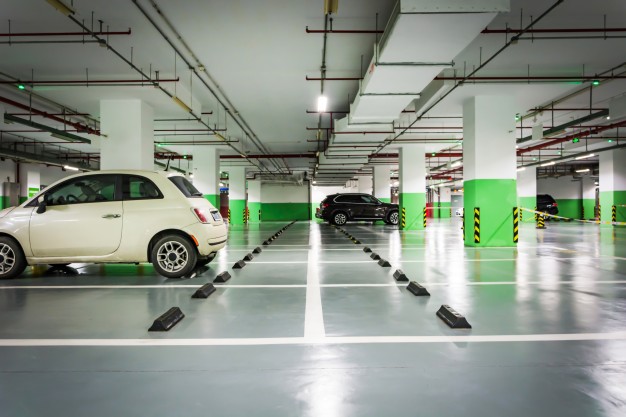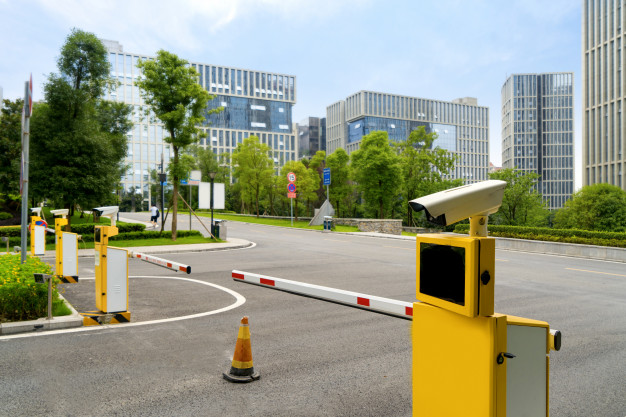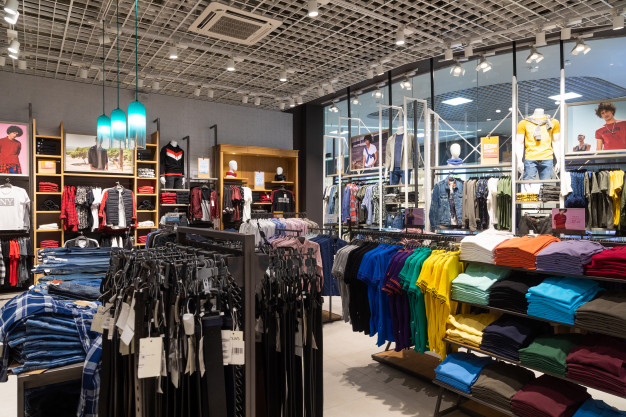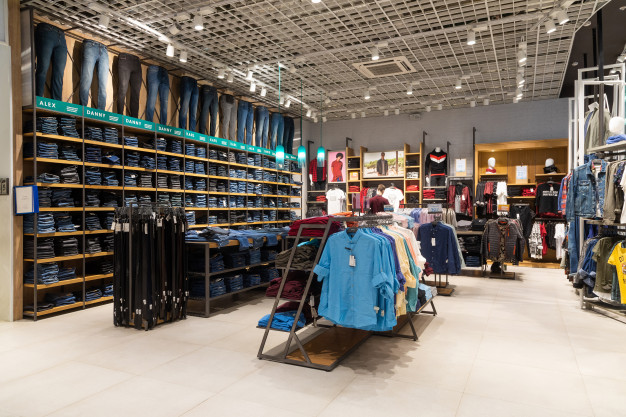Retail Stores ADA Requirements Guide
The year 2014 came with retail stores in America being hit with more than 5,000 lawsuits. These lawsuits cost businesses more than $100 million because these stores failed to meet ADA requirements. These lawsuits can appear anytime for these business owners. These unexpected and unwelcome lawsuits come without prior notice.
It is a fact that nearly 19% of the population is differently abled. This means that over 50 million customers can suffer, making your business lose a massive revenue every year by non-compliance to rules. It is time to make sure your business is ADA compliant and not lose thousands of dollars with easy remedies such as products offered by the CrowdControlCompany and follow these Retail Stores ADA Requirements Guidelines.
What is the ADA?

The Americans with Disabilities Act of 1990 was put in place to ensure that differently-abled people are included in everyday activities like eating out, going to the cinema, or a simple activity like getting your own groceries.
Retail businesses should pay close attention to two ADA sections to ensure inclusivity; Title I and Title III.
● Title I
Title I of the ADA covers is for employers engaged in an industry affecting commerce. It is a mandate for stores that employ fifteen or more full-time employees working every day. They need to be working at least twenty or more than twenty weeks per year. It states that you cannot discriminate against differently-abled individuals when hiring new staff.
If your store has less than fourteen full-time employees or employees work for less than twenty weeks per year, you do not necessarily have to abide by Title I of the Act. Check the ADA’s website for all the guidelines.
● Title III
Title III regulates that businesses proving goods to people- commercial or services cannot have any discrimination against differently-abled customers. Your business needs to be attainable, and you cannot exclude the differently-abled.
Title III applies to the following twelve types of organizations. Almost all public-serving businesses are included here and need to comply with Title III no matter the business’s size or how old the building is where it exists.
- Shopping Malls
- Service Establishments
- Stores and Shops
- Theatres and Hotels
- Restaurants and Bars
- Private Museums and Schools
- Doctors and Dentists Offices
● Readily Achievable
ADA guidelines state that you must take action only if it’s readily achievable. If you can assure your business is ADA compliant, you must follow all these rules. You can face a civil rights suit if you choose not to create handy spaces because it’s “easier.” This wouldn’t be a feasible legal defense. If you’re confused about the technicalities, consult a lawyer.
ADA Compliant Retail Areas

Here are some simple solutions to make sure these most violated areas of your business follow ADA guidelines.
1. Parking Lots

If your retail shop has a functioning parking lot, you will have to offer provide accessible and handy spaces for parking for differently-abled individuals.
If you lease your store as well as parking lot, ensure the lease includes basic details about responsibility for accessible and attainable parking spaces, the current owner, or the landlord.
2. Curbs

Business owners can be held accountable for curb-side accessibility liabilities. Curb ramps allow wheelchairs or other mobile devices to access stores easily. Find out who’s responsible for making sure an accessible ramp is available before you make changes outside your store.
If the only accessible parking is a street, the municipality that owns that particular street is responsible for making sure it follows the ADA’s rules.
If you’re the owner of the space outside your retail store, make sure curb ramps are available. Also, if you’re leasing out your business location – along with the sidewalk – make sure you outline the same in the lease.
3. Stairways and Ramps

ADA changes in 2010 state that 60% of the accessible entrances must be convenient for all (i.e., disabled people should be able to access these entrances and get through the door). If you’ve only two entries to the business, both should be easily accessible. Many business owners change stairways to ramps as easy solutions.
It is also necessary to avoid installing portable ramps unless a permanent one is in the process of being built. Install appropriate, visible signs or a doorbell so that a ramp can be brought to the door. If the handy entrance isn’t to the front of the store, make sure proper directions are provided to access this entrance.
4. Doors and Entrances
The retail owner should make sure people with mobility devices have enough space when the door is opened. Choose offset inches for better space. Automatic doors are a great option, and they provide easy access.
5. Shelves, Aisles and, Manoeuvring Space

Disabled individuals who use crutches, wheelchairs, or mobility devices, have limited maneuverability. Those who are on crutches face challenges in getting between aisles with crowded displays. Widening aisles could be a great solution, although some stores could lose a large amount of selling space.
Another step is to place heavier items on accessible lower shelves. If this isn’t feasible, ensure that employees are ready to assist anyone having difficulty. If you own a smaller store, train your clerk to offer patrons help at the front door.
6. Sales and Service Counters
Accessible counters should not be too tall. If reconstruction is expensive, these counters are allowed to stay only if the owner builds a counter accessible by everyone next to the original space. This ensures that disabled individuals are now able to access these counters.
7. Dressing Rooms and Restrooms

Retail stores are required to change one or more dressing rooms to make it simple for disabled customers to access them. If they aren’t accessible, then store owners are at a risk of losing patrons. It also discourages inclusivity among the community.
If this isn’t possible, alternative ‘dressing room’ methods can be put in place. Patrons who don’t have access to these dressing rooms should be allowed to return and exchange items easily. Restrooms also need to be accessible by all. There are certain parameters in the ADA guidelines that need to be followed to be considered an accessible toilet.
8. Directions to the store

Double belted stanchions should be installed, which detect canes quickly. Single belted stanchions might not be of use to all patrons. Large and easily detectable signs providing store directions are helpful for people who have limited eyesight. Directories should be in bold print along with Braille.
Parting Words
Now that you know how to make your store ADA compliant, break barriers and promote inclusivity. Follow ADA guidelines to better promote your business. Shop owners can lose valuable patrons by their shops being inaccessible. These simple solutions can bridge many barriers between communities.



